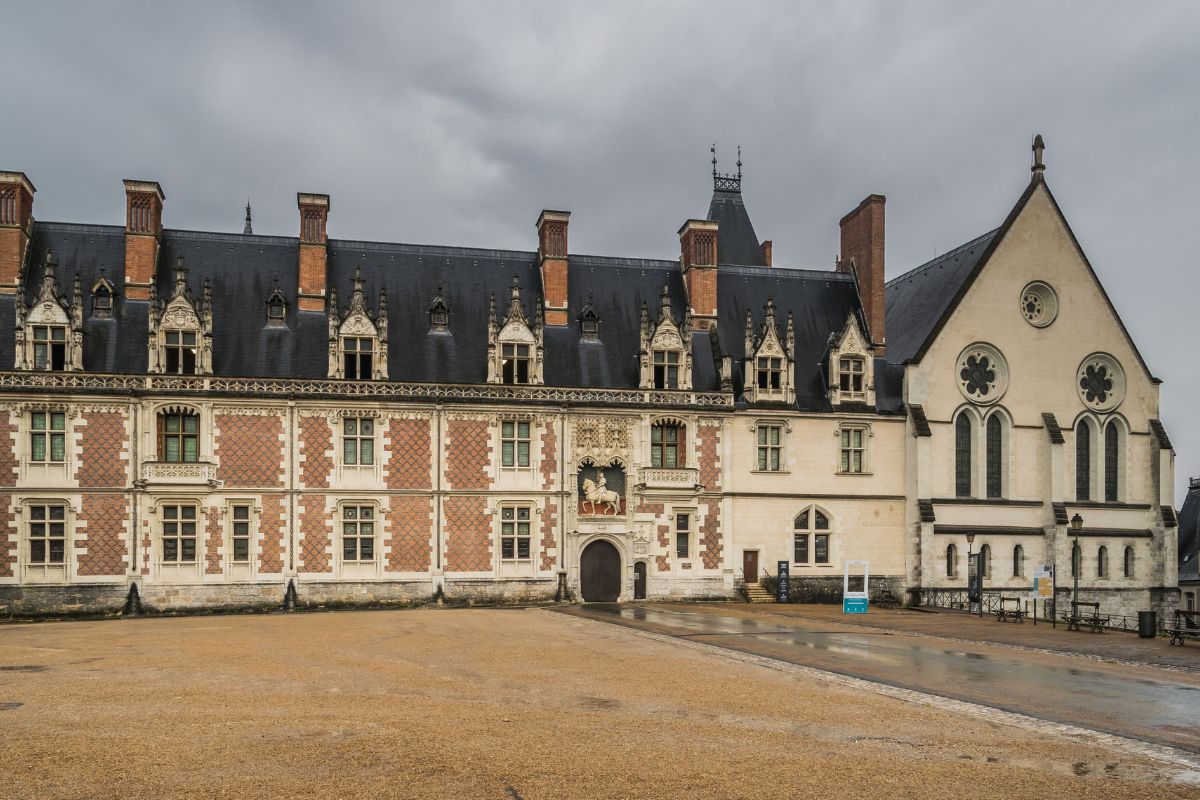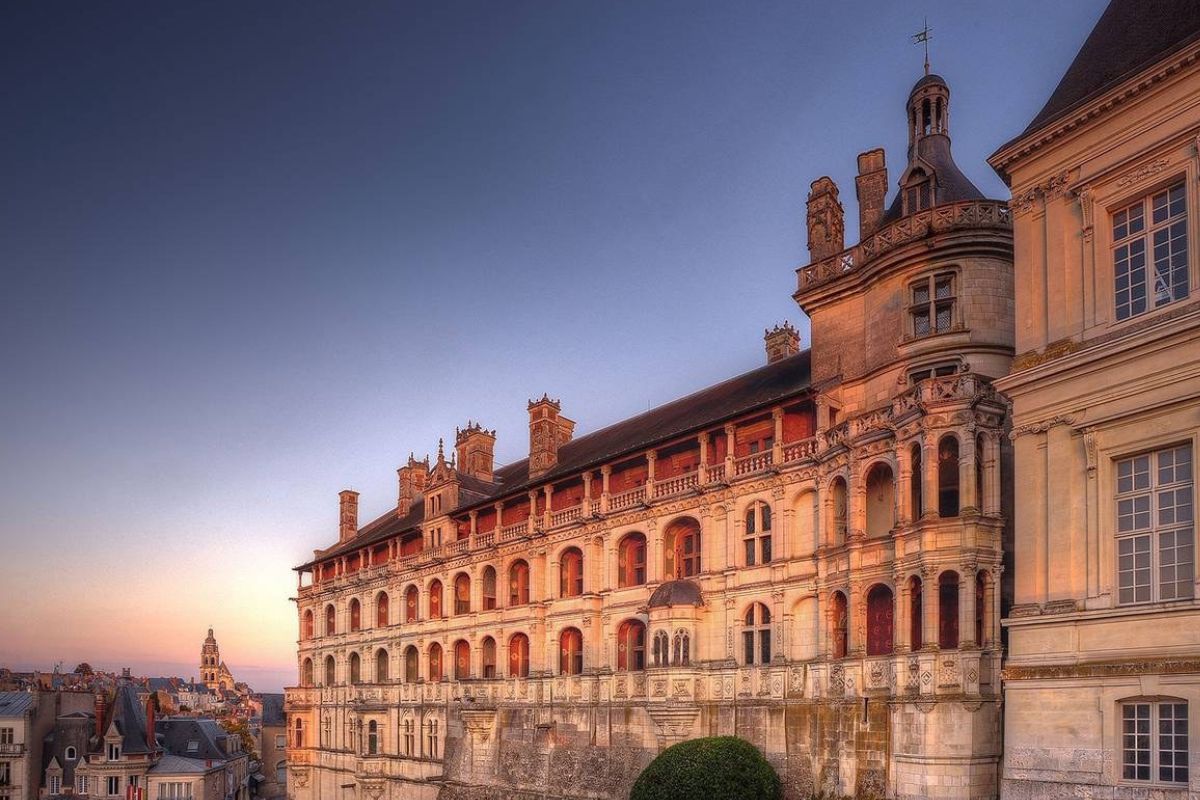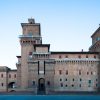Château de Blois
Château de Blois stands as a majestic symbol of French royal history. You will find it brimming with architectural wonders. It evolved through the reigns of seven kings and ten queens of France. The castle’s significance lies in its role as a political and cultural hub during the Renaissance. It offers a vivid insight into shifting styles, power struggles, and royal life. Visitors can walk through four different wings, each reflecting a distinct era and aesthetic vision.
Our exploration of Blois reveals how architecture echoes dynastic ambitions. The castle helped define royal identity in medieval and early modern France. You will sense the blend of Gothic rigor, Renaissance elegance, and classical restraint. Such a rich layering invites your curiosity and admiration.
Location of Château de Blois
You will find Château de Blois at the heart of Blois, a town in the Loir-et-Cher department. The castle perches on a promontory overlooking the Loire River. From the forecourt, you can gaze upon the old town and the river, offering a scenic panorama of the Loire Valley.
Blois offers easy public access. It is served by the Blois-Chambord train station, about a ten‑minute walk away. You can also drive via D952 from Tours or A10 from Orléans. The town itself is part of the French “Towns of Art and History” programme since 1986.
Around the castle, you will discover the Maison de la Magie Robert‑Houdin, facing its main entrance. This museum celebrates the famous illusionist born in Blois. St. Sauveur Garden and Victor Hugo Square also border the site, creating a charming setting for your visit.

History of Château de Blois
Château de Blois began as a 9th-century fortress built to resist Viking attacks. It expanded through the Middle Ages, with notable features like the 13th-century tower and Gothic Salle des États. In 1397, it became royal property under Louis I, Duke of Orléans. Major transformations followed, especially during the reign of Louis XII, who added a richly decorated Gothic-Renaissance wing and a royal chapel.
Francis I introduced Renaissance elements, including a grand external spiral staircase that stands as a key architectural highlight. The castle also witnessed major political events, such as King Henry III’s assassination of the Duke of Guise in 1588. In the 17th century, Gaston of Orléans commissioned a Classical wing designed by François Mansart, though it remained incomplete.
After falling into disuse during the French Revolution, the castle was sold and partly dismantled. Napoleon returned it to Blois, where it served as a barracks. In the 19th century, restoration efforts led by Prosper Mérimée and architect Félix Duban revived much of its historical grandeur.

Current status
Today, Château de Blois operates as a national monument managed by FAI in partnership with the city of Blois. It blends guided and self‑guided tours. You can explore at your pace using HistoPad—a digital device offering immersive augmented tours through architectural eras. The Fine Arts Museum in the Louis XII wing houses over 35,000 works—paintings, sculptures, decorative arts—from the 15th to 18th centuries. Children can take part in themed guided tours (suitable from age 6) during holidays. You may also attend evening sound‑and‑light events in the courtyard, which retell stories of love, betrayal, and power through audio‑visual projection.
The castle offers accessible facilities, including audio‑guides and magnetic‑loop systems for hearing‑impaired visitors. Nearby parking and train access make it visitor‑friendly. Château de Blois enchants with its layered history and architectural richness. You walk through medieval, Gothic, Renaissance, and Classical wings. Each marks a chapter of French royal ambition.Modern interventions—guided tours, immersive media, museum exhibitions—enhance your understanding. The castle remains a vibrant cultural site, echoing the lives of monarchs, artists, and architects.
Your visit to Château de Blois will deeply enrich your appreciation of French history and architectural evolution. It is a gateway to a thousand years of royal intrigue, artistic achievement, and changing styles. Explore its rooms, bask in its view of the Loire, and enjoy the magic that unfolds—understanding how this castle shaped and reflected France.
Admission
Community features
Castle features
Video
Location
Official website
Featured listings














